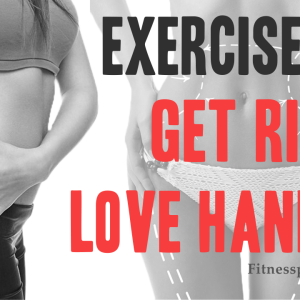Contents
Achieving functional strength is not just about lifting heavy; it’s about enhancing your ability to perform daily activities with efficiency and resilience. This dumbbell weight training will not only build functional strength but also improve your overall athleticism. Whether you’re at home or at the gym, this weight training provides an effective approach to achieving an all-around strength level for daily activities.
Functional Strength: What Does It Mean?
Functional strength refers to the capacity of your muscles and joints to work together effectively, enabling you to perform everyday movements with efficiency and ease. Unlike workouts that may focus solely on isolated muscle groups, functional strength emphasizes the integration of various muscle groups to increase coordination, stability, and mobility. From lifting groceries to climbing stairs, a foundation of functional strength ensures you can tackle daily tasks with confidence.
Weight Training Routine: Overview of Workout
This comprehensive full-body dumbbell workout is designed to increase functional strength by targeting multiple muscle groups. Adjust the weight according to your fitness level, prioritize proper form, and gradually progress to more challenging weights as your strength improves. Always begin with a dynamic warm-up to prepare your body for the exercises and help prevent injuries. Consistency and dedication to the program will yield significant improvements in functional strength over time.
- Warm-up: Start with 5-10 minutes of light cardio (jumping jacks, jogging in place) to elevate your heart rate and increase blood flow. Follow with dynamic stretches for major muscle groups, including shoulder circles, leg swings, and torso twists.
- Amount of Weight: Select a weight that allows you to complete 10-12 reps with proper form. Adjust as needed to maintain a challenging workout.
- Progress: Increase the weight gradually as your stability and strength improve. Ensure proper form to maximize the benefits.
- Frequency: Perform this workout 2-3 times a week for 6 to 8 weeks, resting at least one day between sessions.
- Rest between sets: Rest for 60-90 seconds between sets to optimize muscle recovery.
- Cool Down: Finish with static stretches for major muscle groups. Include stretches for the hamstrings, quadriceps, chest, shoulders, and back. Hold each stretch for 15-30 seconds.
1. Devil Press: (3 x 10-12)
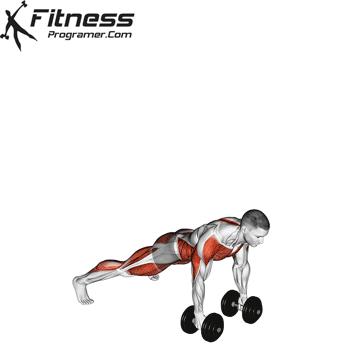
The Devil Press is a full-body exercise that combines the double dumbbell snatch with push-ups and burpees. It engages multiple muscle groups, including shoulders, legs, and core. Perform 3 sets of 10-12 reps, focusing on controlled movements.
2. Bent Over Dumbbell Row: (3 x 10-12)
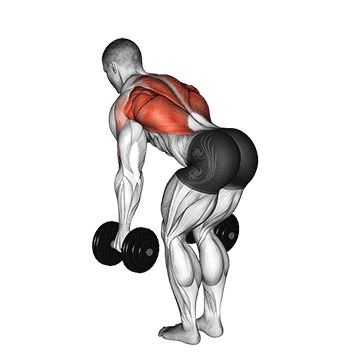
Strengthen your upper back and lats with the Bent Over Dumbbell Row. Maintain a flat back as you pull the dumbbells towards your hips. Perform 3 sets of 10-12 reps, emphasizing the contraction of your back muscles.
3. Push-Up to Renegade Row: (3 x 10-12)
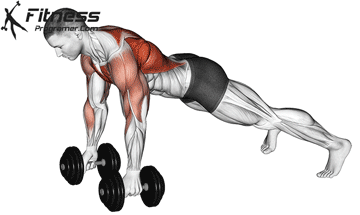
Integrate a push-up with a renegade row to challenge your chest, triceps, and core stability. Alternate rows with each push-up. Aim for 3 sets of 10-12 push-ups.
4. Dumbbell Iron Cross: (3 x 10-12)
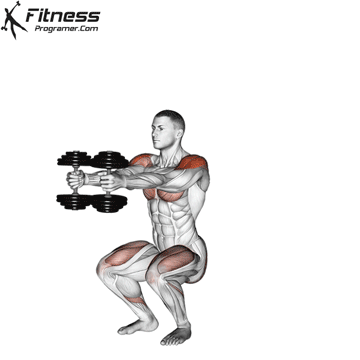
This exercise combines the lower body engagement of squats with the shoulder activation of lateral raises, providing a comprehensive workout for both muscle groups. Adjust the weight of the dumbbells according to your fitness level and focus on maintaining proper form throughout the movement. Perform 3 sets of 10-12 reps.
5. Dumbbell Sumo Deadlift: (3 x 10-12)
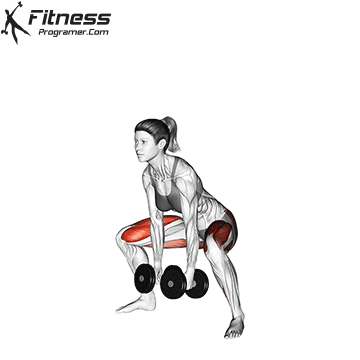
The Sumo Deadlift with dumbbells is excellent for building strength in your posterior chain, including hamstrings and glutes. Stand with a wide stance, dumbbells between your feet, and perform 3 sets of 10-12 reps.
6. Dumbbell V-up: (3 x 10-12)
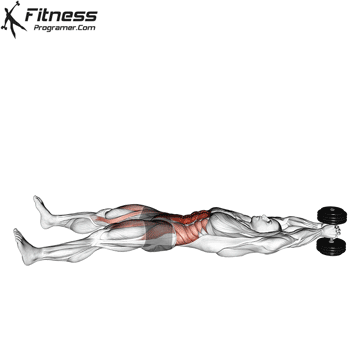
The Dumbbell V-up is an effective core exercise that also engages the hip flexors. It challenges your abdominal muscles, contributing to a strong and stable core. Lie on your back with a light weight dumbbell between your palms. Simultaneously lift your legs and upper body, forming a V shape. Lower back down with control.
Conclusion:
Incorporate this dumbbell workout into your fitness routine to cultivate functional strength that translates into improved daily activities. Whether you’re working out at home or hitting the gym, these exercises offer a versatile and effective approach to functional strength training. Adjust the weights to your fitness level, focus on proper form, and enjoy the journey to a stronger, more functional you!



